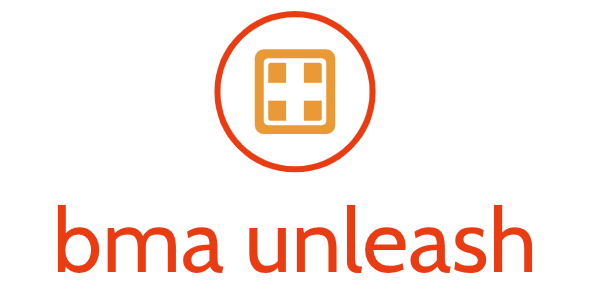

Introduction:
In the pursuit of fitness goals, recovery is just as important as the workouts themselves. Active recovery, a purposeful approach to rest days, involves engaging in gentle exercises to promote healing and prevent muscle stiffness. This article explores the significance of active recovery and outlines essential routines for a well-rounded fitness journey.
Understanding Active Recovery:
Active recovery goes beyond mere rest; it involves low-intensity exercises aimed at enhancing circulation, reducing muscle soreness, and maintaining flexibility. This approach aids in the recovery process by promoting blood flow without placing excessive stress on the body.
Benefits of Active Recovery:
Active recovery offers a range of benefits for fitness enthusiasts. By engaging in light activities on rest days, individuals can mitigate muscle fatigue, improve joint mobility, and accelerate the removal of metabolic byproducts that contribute to soreness. Additionally, active recovery can positively impact mental well-being by promoting relaxation and reducing stress.
Low-Impact Cardio Exercises:
Incorporating low-impact cardio exercises is a key component of active recovery. Activities such as brisk walking, cycling, or swimming help increase heart rate and blood flow without subjecting the joints to excessive strain. These exercises promote cardiovascular health while aiding in the recovery process.
Dynamic Stretching and Mobility Work:
Dynamic stretching and mobility exercises are instrumental in maintaining flexibility and preventing stiffness. These movements involve controlled stretches that take joints through their full range of motion. Incorporating dynamic stretches into your active recovery routine enhances joint flexibility and reduces the risk of injury.
Yoga and Pilates Sessions:
Yoga and Pilates are excellent modalities for active recovery. These practices emphasize controlled movements, stretching, and strengthening exercises. Engaging in a gentle yoga or Pilates session on rest days enhances body awareness, promotes relaxation, and contributes to overall flexibility.
Foam Rolling and Self-Myofascial Release:
Foam rolling and self-myofascial release techniques target tight or knotted areas in the muscles, known as trigger points. Using a foam roller or massage ball on specific muscle groups helps release tension and improves blood circulation, aiding in the recovery of muscle tissue.
Light Resistance Training:
Incorporating light resistance training during active recovery can be beneficial. Using resistance bands or light weights in controlled movements helps stimulate muscles without causing excessive fatigue. This approach contributes to maintaining strength and muscle tone during periods of lower intensity.
Hydration and Nutritional Focus:
Active recovery extends beyond physical activity to include proper hydration and nutrition. Staying well-hydrated supports the body’s recovery processes, while consuming nutrient-dense foods provides essential vitamins and minerals needed for muscle repair and overall well-being.
Mindful Breathing and Relaxation Techniques:
Incorporating mindful breathing and relaxation techniques is essential for mental recovery. Practices such as deep breathing, meditation, or mindfulness exercises help reduce stress levels, enhance mental clarity, and promote a positive mindset throughout your fitness journey.
Tailoring Active Recovery to Your Needs:
The key to effective active recovery is personalization. Tailor your routine to align with your fitness level, preferences, and specific needs. Whether it’s a combination of light cardio, stretching, and relaxation techniques or a focus on specific muscle groups, adapting active recovery to your requirements ensures maximum benefits.
Conclusion:
Active recovery is a crucial component of a well-rounded fitness routine. By incorporating low-intensity exercises, dynamic stretches, yoga sessions, foam rolling, and mindful practices, individuals can optimize their recovery, reduce the risk of injury, and foster long-term well-being. Remember, a balanced approach to fitness includes not only challenging workouts but also thoughtful and purposeful recovery.









